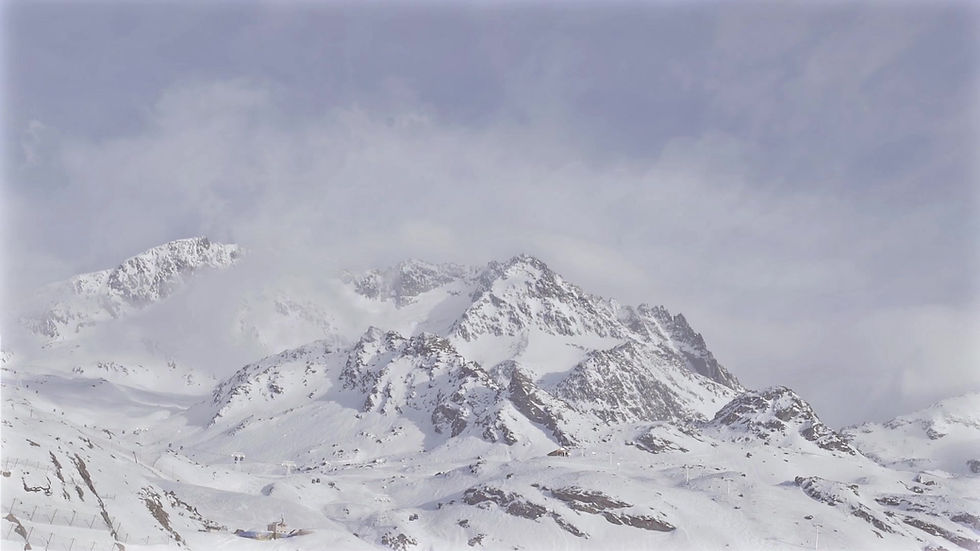"Ramayana" Teaser by DNEG: A Game-Changer for Indian VFX/CGI & Animation
- AMIT RAWAT

- Jul 3
- 3 min read
The recently released teaser of Ramayana, produced by DNEG India, has shaken the foundations of the Indian entertainment industry—in a good way. With cinematic grandeur, world-class animation , and photorealistic VFX, this project has raised the bar not just for Indian cinema but also for the global perception of Indian digital artists.

But this isn’t just about one movie. It’s about a new era in storytelling, and what it means for the future of India’s AVGC (Animation, Visual Effects, Gaming, and Comics) ecosystem.
Powered by Unreal Engine & Virtual Production
One of the most exciting aspects of Ramayana is the technology behind it. Sources reveal that the movie leverages Unreal Engine, the same real-time game engine powering global AAA games and now rapidly transforming the film industry.
Coupled with virtual production tools, LED screens, and blue/green screen integration, this approach reduces cost, increases efficiency, and allows directors to make creative decisions in real time. This is Hollywood-level filmmaking, now made in India—by Indian talent.
A Moment of Recognition for Indian Artists
For too long, Indian VFX artists have been the invisible backbone of global productions—outsourcing excellence to major studios but rarely getting the credit or the pay they deserve.
The Ramayana teaser changes that. It brings the spotlight home.
It shows what Indian talent is capable of.
It tells studios and producers: stop looking west—the talent is right here.
It gives upcoming creators hope that they won’t have to move abroad to make it big.
But here's the catch: recognition is just the first step. What comes next is just as important—fair remuneration, IP rights, and career development.
The Gaps That Still Exist
Despite the breakthrough, challenges remain:
Many artists still work as freelancers without job security.
Fair pay, royalty structures, and workplace protections are still lacking.
There’s limited awareness about tools like Unreal Engine, virtual production, or AI-assisted workflows, especially in non-metro regions.
What the Government Is Doing: AVGC Sector on the Rise
The Indian Government has recognized the sector's potential:
AVGC Promotion Task Force has been set up to draft policies for skill development, investment, and international collaboration.
States like Karnataka, Telangana, and Maharashtra are building dedicated AVGC hubs, offering subsidies and incubation for startups.
National Education Policy (NEP) now includes creative technology in curriculum frameworks.
However, execution is slow, and awareness among grassroots talent is low.Why North India—Especially Punjab—Needs a Boost
Let’s be honest—South India (Hyderabad, Chennai, Bangalore) is way ahead in AVGC development. They have:
Access to studios and training centers
Government funding
Industry mentorship
Meanwhile, Punjab and North India lag behind due to:
Lack of dedicated AVGC training institutions
Limited exposure to global creative pipelines
No major state-led AVGC push
Yet, Punjab has raw creative talent, storytelling heritage, and youth hungry to create. What it needs is infrastructure, vision, and strategic investment.
The Role of Marketplaces like ArtistMela
Platforms like ArtistMela are stepping up to bridge the gap:
Offering Indian artists a space to showcase their skills
Connecting them with global studios and job opportunities
Helping them learn tools like Unreal Engine, Blender, and Frame.io
Promoting fair pricing and artist empowerment
The idea is simple: India doesn’t just need jobs—it needs ownership and creative freedom.
Conclusion: A Teaser for the Future
The Ramayana teaser isn’t just a film preview. It’s a symbol of the shift already underway.
From outsourcing to ownership, from service work to storytelling, from backend artists to frontline creators—this is the future we’ve been waiting for.
It’s time for the Indian government, industry leaders, and platforms like ArtistMela to seize this moment—and make sure every Indian artist, from Chennai to Chandigarh, from Kozhikode to Kapurthala, has a shot at the global stage.







Comments